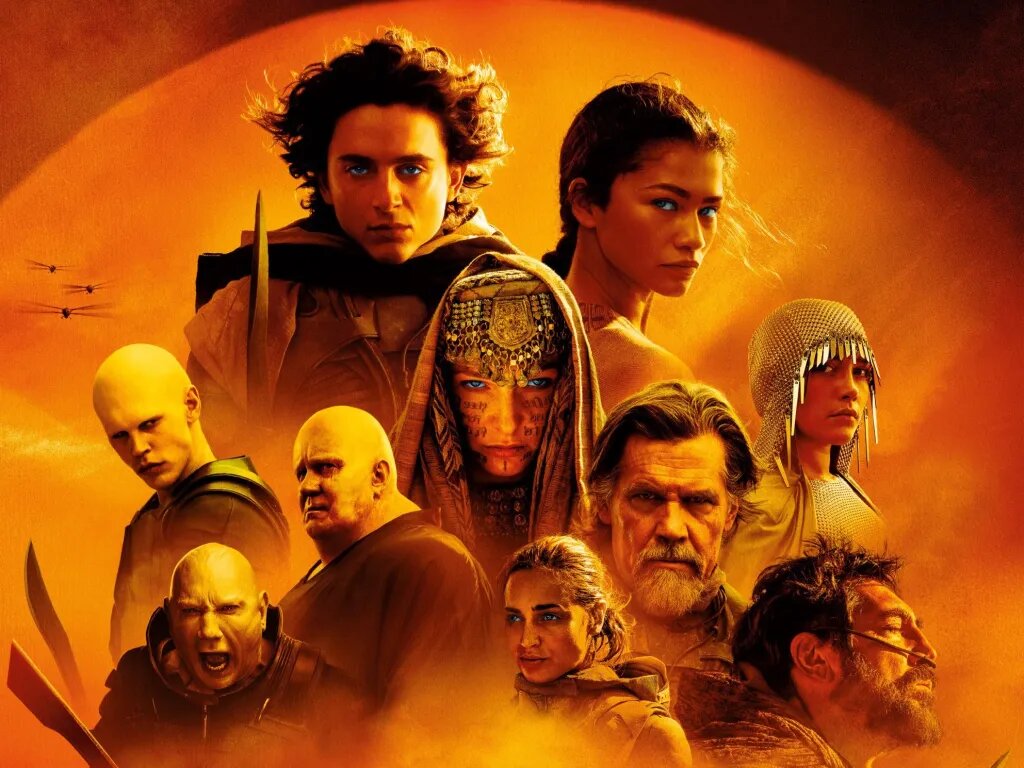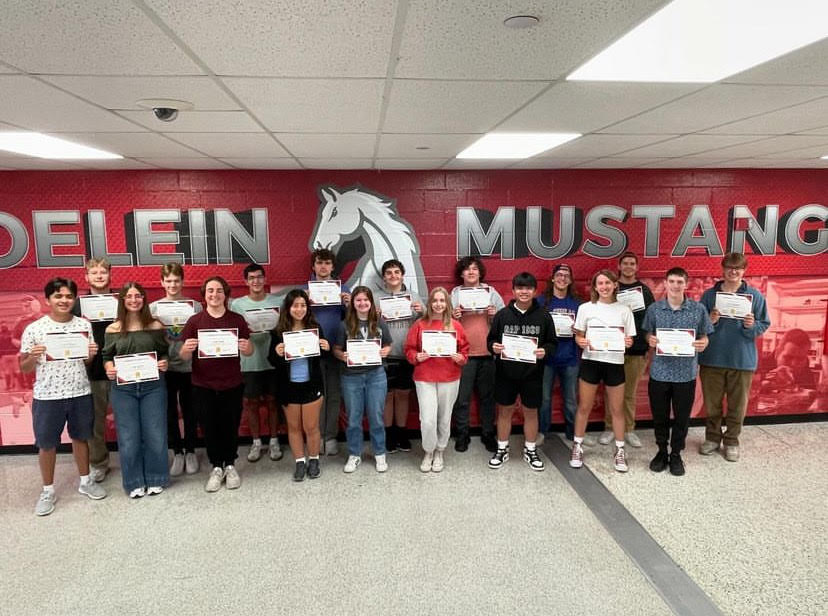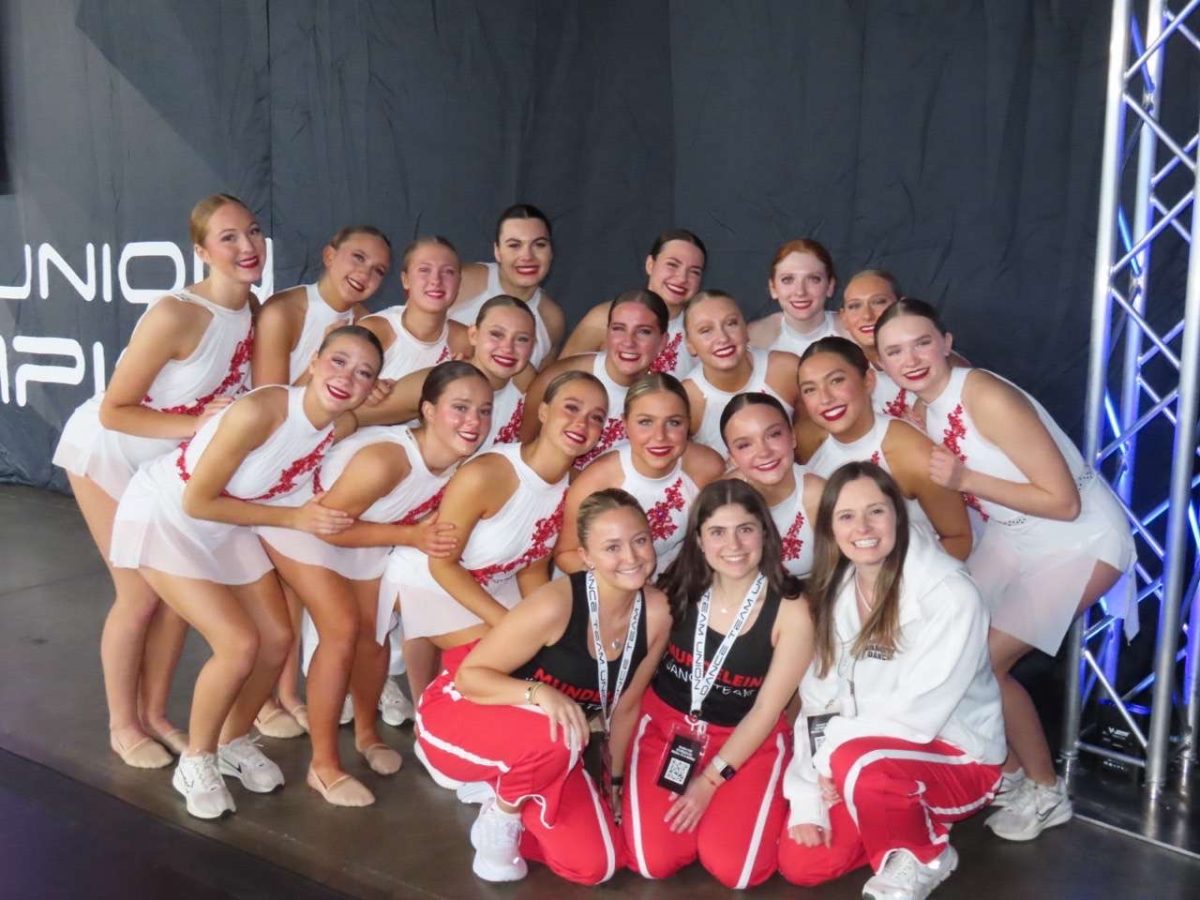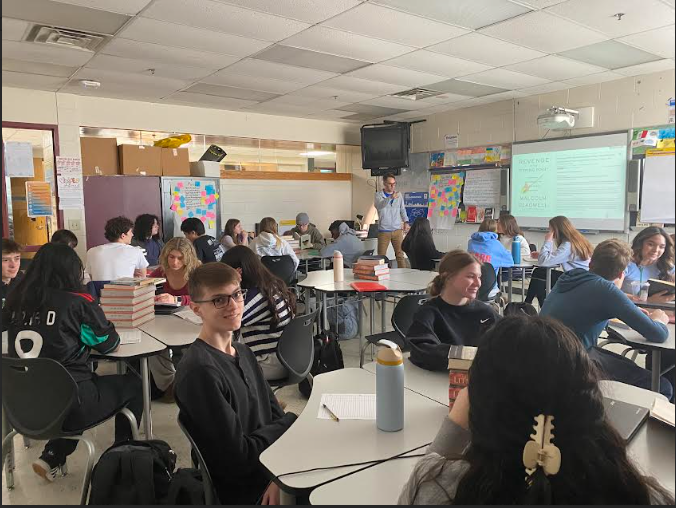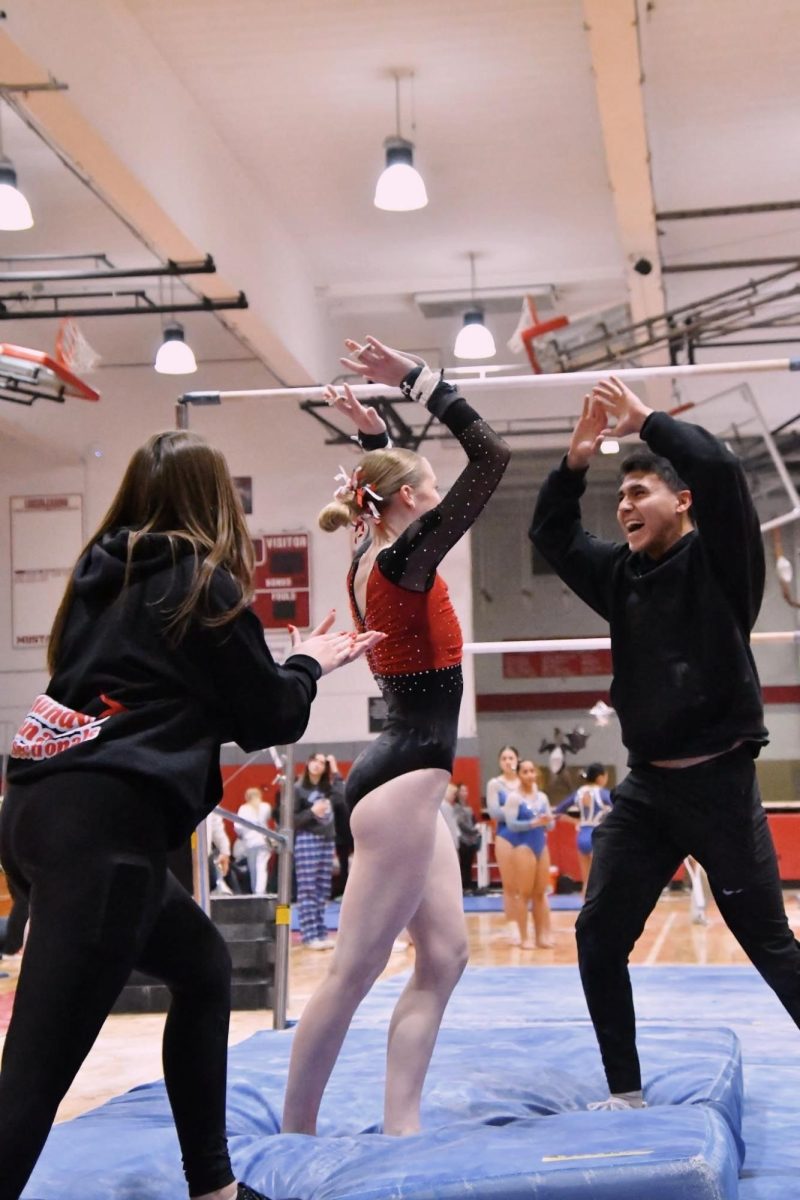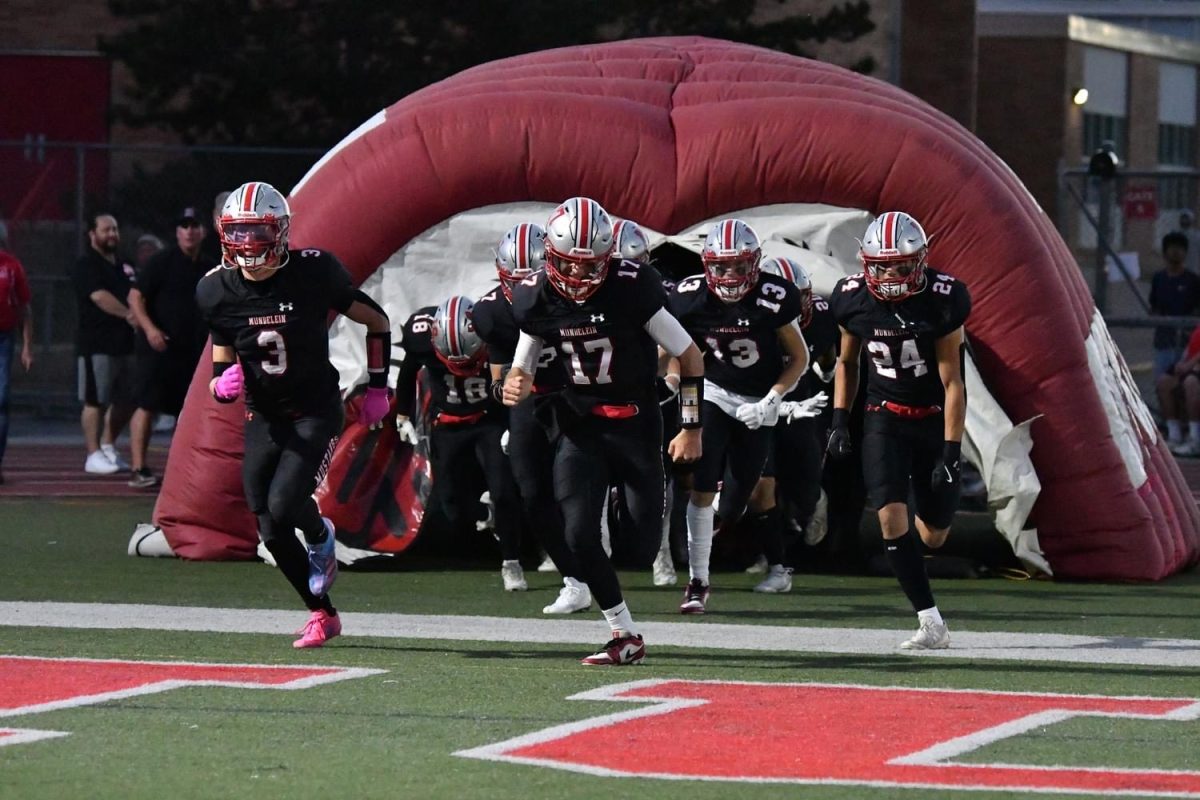Dune is based on the 1965 novel of the same name, and In the past, film adaptations of Dune have been less than desirable. Whether it be the surrealist 1984 David Lynch movie with CGI that has aged like milk, or the failure that is 2000 miniseries, in some ways Dune seems almost impossible to put to the big screen. But truthfully, when Dune: Part One released in 2021, it surpassed all of my expectations to the point that what I was most worried about was how the sequel could possibly live up to it.
Needless to say, my fears were unfounded. A sequel that matches the impact of a monumental first film is rare, but Dune: Part Two succeeded in topping it. Everything about this movie is breathtaking. The awe-inspiring visuals, mystical soundtrack, and the feeling of watching each character’s fate unfold in a web of lies, success, and tragedy is unmatched.
Director Denis Villeneuve is intensely passionate about Dune, stating in an interview with The Atlantic that he kept the book beside him during the entire process of filming. This fact is evident when viewing the most riveting scene of the movie: Paul’s first time riding a sandworm.
“I wanted to create that feeling of when you are beside a waterfall, and the relationship in the subconscious that it brings with death.” said Villeneuve in an interview with Vanity Fair, as he explained his process of depicting the sandworm in the scene.
The scene took 44 days to film, and the clear thought and care put into creating it makes for an incredibly rewarding viewing experience.
My favorite performance would have to go to Austin Butler in his role as Feyd-Rautha. He perfectly embodies the role of a sadistic, violent, impulse-driven heir to the throne that fits right in with the rest of the Harkonenns. Some of the best scenes in the film come from Feyd-Rautha on the black and white Harkonnen home planet Giedi Prime. Interestingly, cinematographer Greg Fraiser shot these scenes using infrared lighting in order to keep the planet devoid of all color.
On a side note, there are some notable story decisions and characters that stray from the original content of the book. Some characters are given less complex roles—namely Jessica and Gurney—and some characters are even cut out entirely (Thufir and Alia). However, Chani and many of the Fremen are given added complexity, being significantly more skeptical of Paul’s role as a messianic leader in the movie than they are in the novel. These changes may come as a disappointment to hardcore Dune fans, but in my opinion it serves as one of the rare times in which added plot elements in a movie are better than the book it’s adapted from. The Fremen are more three-dimensional, and it makes for a more realistic narrative.
It’s almost confirmed that the movie saga will continue into the next book, Dune Messiah. In an interview with Vanity Fair, Hans Zimmer, composer of Dune: Part Two’s soundtrack, stated, “On the second day of shooting, Denis puts Dune Messiah on my desk and doesn’t say a word. I know where we’re going.”
In all seriousness, I would go so far as to call this movie an instant classic. This is what movies were made for: epic stories, captivating visuals, and transformative experiences. We’re not only witnessing the birth of an inevitable masterpiece, but a new horizon in the future of cinema—as written.
